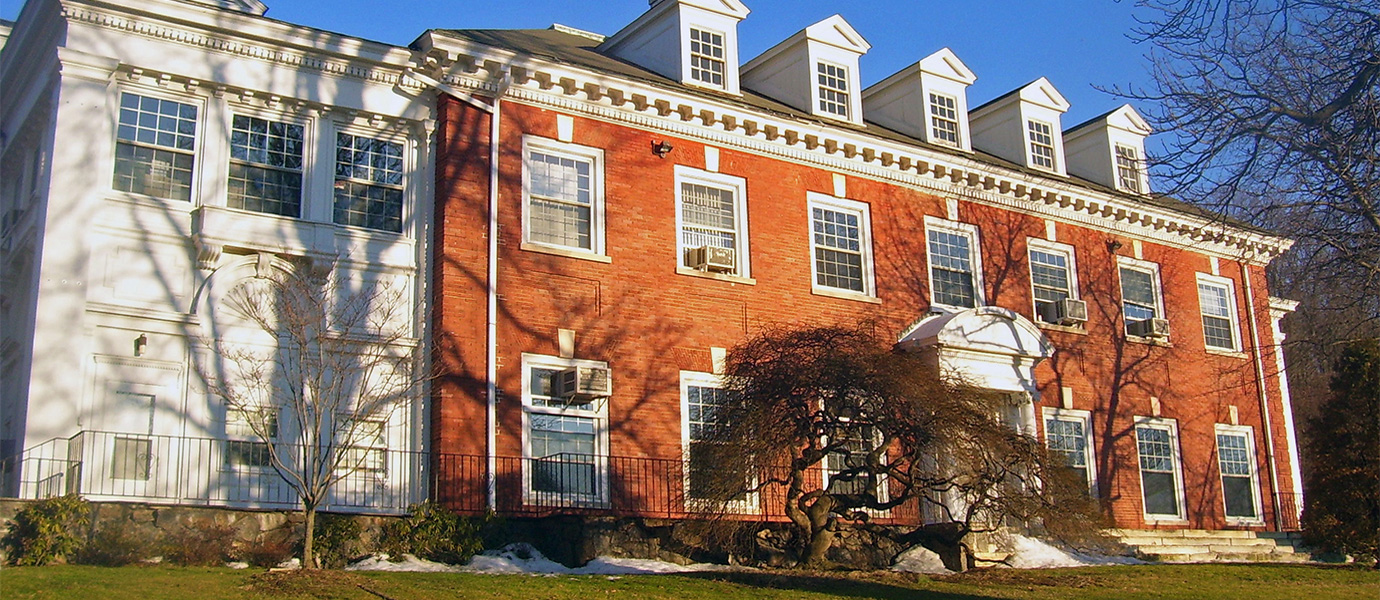ABOUT
Augusta Canal National Heritage Boat Tours
Augusta Canal National Heritage Area is the site of the Augusta Canal, built in 1845 as a source of power, water and transportation. It’s the only intact industrial canal in the American South in continuous use. Used during the Civil War, it was deepened and widened in the 1870s bringing an industrial boom to the city. The Canal and its mills are a National Historic Landmark and the Augusta Canal and nearby land are designated a National Heritage Area. Several canal-side structures pre-date the Civil War and others are dated to the later 19th Century and the heyday of America’s Industrial Revolution.
contact info
Hrs: Vary.
HELPFUL LESSON PLAN(S)
Prepared by FieldTripDirectory.com
Historic Site Lesson Plan
FUN FACTS
Philadelphia’s Independence Hall, where the Declaration of Independence and Constitution were signed; Boston’s Old State House, where the Boston Massacre and the American Revolution began; Washington D.C.’s National Mall, where Martin Luther King, Jr. delivered his “I Have a Dream” speech; Virginia’s Jamestown settlement, the country’s first colony; Charleston’s Fort Sumter, where the first shots of the Civil War were fired; New York’s Statue of Liberty and Ellis Island, where millions of immigrants were introduced to their new home. All of these sites, significant to America’s history, can be visited, toured, and admired. While visiting one of the many historical sites around the country, consider the importance in preserving these sites.
View Lesson Plan>>ABOUT
Augusta Canal National Heritage Boat Tours
Augusta Canal National Heritage Area is the site of the Augusta Canal, built in 1845 as a source of power, water and transportation. It’s the only intact industrial canal in the American South in continuous use. Used during the Civil War, it was deepened and widened in the 1870s bringing an industrial boom to the city. The Canal and its mills are a National Historic Landmark and the Augusta Canal and nearby land are designated a National Heritage Area. Several canal-side structures pre-date the Civil War and others are dated to the later 19th Century and the heyday of America’s Industrial Revolution.
contact info
Hrs: Vary.
HELPFUL LESSON PLAN(S)
Prepared by FieldTripDirectory.com
Historic Site Lesson Plan
FUN FACTS
Philadelphia’s Independence Hall, where the Declaration of Independence and Constitution were signed; Boston’s Old State House, where the Boston Massacre and the American Revolution began; Washington D.C.’s National Mall, where Martin Luther King, Jr. delivered his “I Have a Dream” speech; Virginia’s Jamestown settlement, the country’s first colony; Charleston’s Fort Sumter, where the first shots of the Civil War were fired; New York’s Statue of Liberty and Ellis Island, where millions of immigrants were introduced to their new home. All of these sites, significant to America’s history, can be visited, toured, and admired. While visiting one of the many historical sites around the country, consider the importance in preserving these sites.
View Lesson Plan>>ABOUT
Augusta Canal National Heritage Boat Tours
Augusta Canal National Heritage Area is the site of the Augusta Canal, built in 1845 as a source of power, water and transportation. It’s the only intact industrial canal in the American South in continuous use. Used during the Civil War, it was deepened and widened in the 1870s bringing an industrial boom to the city. The Canal and its mills are a National Historic Landmark and the Augusta Canal and nearby land are designated a National Heritage Area. Several canal-side structures pre-date the Civil War and others are dated to the later 19th Century and the heyday of America’s Industrial Revolution.
contact info
Hrs: Vary.
HELPFUL LESSON PLAN(S)
Prepared by FieldTripDirectory.com
Historic Site Lesson Plan
FUN FACTS
Philadelphia’s Independence Hall, where the Declaration of Independence and Constitution were signed; Boston’s Old State House, where the Boston Massacre and the American Revolution began; Washington D.C.’s National Mall, where Martin Luther King, Jr. delivered his “I Have a Dream” speech; Virginia’s Jamestown settlement, the country’s first colony; Charleston’s Fort Sumter, where the first shots of the Civil War were fired; New York’s Statue of Liberty and Ellis Island, where millions of immigrants were introduced to their new home. All of these sites, significant to America’s history, can be visited, toured, and admired. While visiting one of the many historical sites around the country, consider the importance in preserving these sites.
View Lesson Plan>>ABOUT
Augusta Canal National Heritage Boat Tours
Augusta Canal National Heritage Area is the site of the Augusta Canal, built in 1845 as a source of power, water and transportation. It’s the only intact industrial canal in the American South in continuous use. Used during the Civil War, it was deepened and widened in the 1870s bringing an industrial boom to the city. The Canal and its mills are a National Historic Landmark and the Augusta Canal and nearby land are designated a National Heritage Area. Several canal-side structures pre-date the Civil War and others are dated to the later 19th Century and the heyday of America’s Industrial Revolution.
contact info
Hrs: Vary.
HELPFUL LESSON PLAN(S)
Prepared by FieldTripDirectory.com
Historic Site Lesson Plan
FUN FACTS
Philadelphia’s Independence Hall, where the Declaration of Independence and Constitution were signed; Boston’s Old State House, where the Boston Massacre and the American Revolution began; Washington D.C.’s National Mall, where Martin Luther King, Jr. delivered his “I Have a Dream” speech; Virginia’s Jamestown settlement, the country’s first colony; Charleston’s Fort Sumter, where the first shots of the Civil War were fired; New York’s Statue of Liberty and Ellis Island, where millions of immigrants were introduced to their new home. All of these sites, significant to America’s history, can be visited, toured, and admired. While visiting one of the many historical sites around the country, consider the importance in preserving these sites.
View Lesson Plan>>
